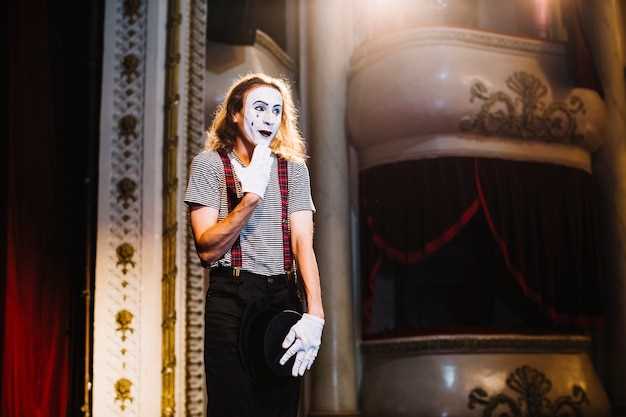Newark’s 7th Annual “Reading Under the Stars” Event
We’re excited to share some delightful news, everyone! On Wednesday, August 6, 2025, Newark is hosting its seventh spectacular “Reading Under the Stars” event. This cherished community program kicks off at Ivy Hill Park from 5:00 pm to 8:00 pm, a perfect summer evening for families to gather and immerse in the joy of storytelling and literacy. Supported by the city’s Mayor Ras J. Baraka, this bookfair under the stars is free and welcomes the whole community.
Engaging Activities for Everyone
- Book Giveaways: Thanks to partners like Scholastic, Inc. and Reading is Fundamental, children can build their own libraries with free book giveaways.
- Family Reading Activities: Dive into interactive sessions where both kids and parents can enjoy reading together. It’s all about cultivating a love for books and stories.
- Evening Film Delight: Wrap up the night with a special screening of “Mufasa: The Lion King.”
Featured Authors and Performances
The evening is set to be a literary treat! Aneesah Glanton Ross will share her beloved book, Everyone’s Amazing and Special. Catch a vibrant performance of Greatness by Regis and Kahran Bethencourt as well. Mayor Baraka will read aloud Together, United by Tami Charles, a touching tale that resonates with unity and community spirit.
Connecting with Our Community Partners
This year’s “Reading Under the Stars” couldn’t be possible without the tremendous support from local organizations. The Newark Public Library, Source of Knowledge Bookstore, and the city’s Department of Recreation, Cultural Affairs, and Senior Services have all joined forces. Their collective mission is to enrich the community through literacy and education.
Building a Brighter Future Through Literacy
Dr. Sharnee Brown of the Office of Comprehensive Community Education emphasizes the importance of laying a robust reading foundation. Dr. Brown states, “There is no age limit on receiving access to quality literature. “Reading Under the Stars” is our way to ensure the next generation has access to transformative, life-changing stories.”
Many of us remember that pivotal book or story that inspired us. “Words build worlds,” says TaNisha Fordham, and through literacy, we aim to unlock those worlds for Newark’s youth.
A Look at Community Impact
The Trust’s 10-Point Literacy Plan, launched in 2023, is a strategic initiative to combat literacy issues among children up to third grade. This event aligns with those goals, inviting schools and community organizations to participate in actionable steps for improving literacy among our young learners.
Join Us for an Unforgettable Night
Now’s your chance to be part of something truly special. Families and friends are invited to pack up their picnic blankets and join us at Ivy Hill Park for a night of literature, fun, and community spirit. Make sure you don’t miss this bookfair under the stars that highlights how stories not only entertain but unite us as a community.
We can’t wait to see you there, celebrating the magic of books and nurturing a love for reading under the enchanting Newark night sky.
Read Also
Social Media Goodies
Follow us on social platforms and engage with the hashtags:
- #ReadingUnderTheStars
- #NewarkLiteracy
For more information and resources, feel free to connect with the Newark Department of Recreation, Cultural Affairs, and Senior Services.


